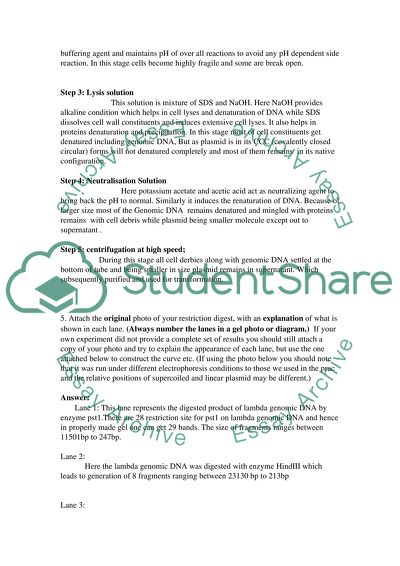BIOTECHNOLOGY & GENETIC ANALYSIS PRACTICAL ASSESSMENT Essay. Retrieved from https://studentshare.org/miscellaneous/1524032-biotechnology-genetic-analysis-practical-assessment
BIOTECHNOLOGY & GENETIC ANALYSIS PRACTICAL ASSESSMENT Essay. https://studentshare.org/miscellaneous/1524032-biotechnology-genetic-analysis-practical-assessment.


